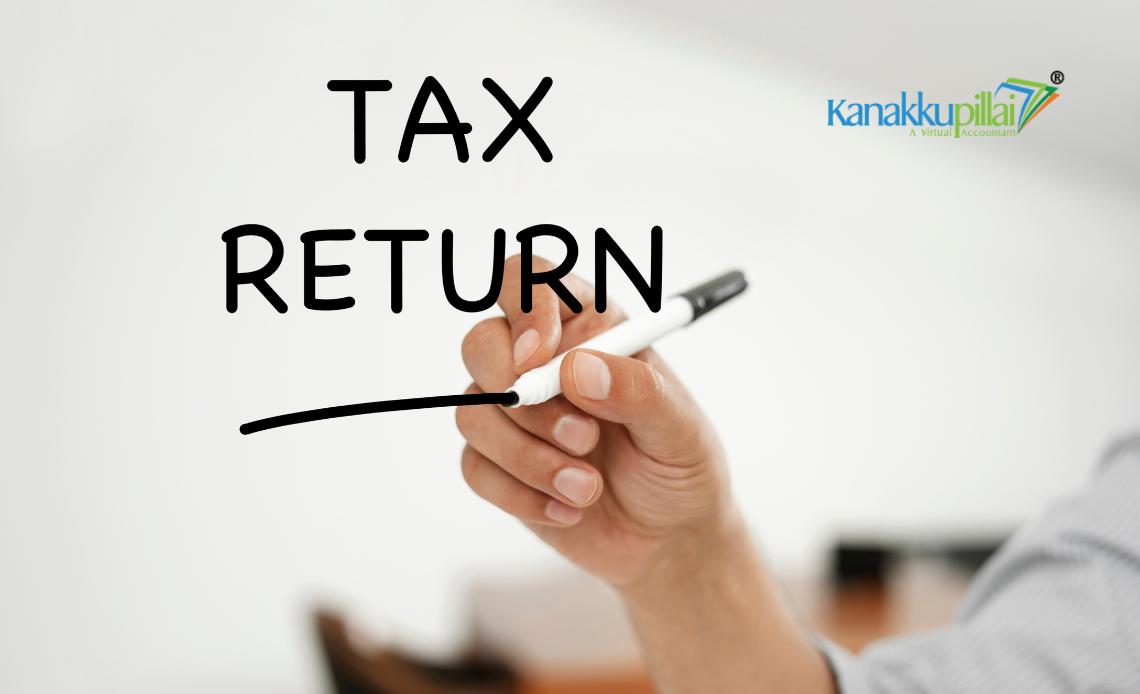The Indian state has seen the demonetization drive make a phenomenally positive impact on the widening of the tax base and direct tax collections over the last few years.
The financial year 2017-18 saw 6.87 crore income tax returns filed, a whopping 25% growth vis-à-vis FY 2016-17, which saw 5.48 crore income tax returns filed. The net direct tax collections for 2017-18 amounted to Rs. 10.03 lakh crores, which is 18% higher than the 2016-17 collections.
Come March this year, the income tax department launched an aggressive collections drive to fulfill targets for the financial year. The department has upped its collection game by a few notches this year.
MNCs across the country served tax demands, recovery notices, and transfer-pricing orders, followed by notices, calls, and follow-ups from the IT department. Despite the adoption of these aggressive measures, the Central Board of Direct Taxes (CBDT) is expecting a shortfall of direct tax collection of ₹60,000-80,000 crore.
The Central Board of Direct Taxes (CBDT) has directed the Income Tax Department to initiate penalty proceedings by June 30 against non-filers and ‘drop filers’ of tax returns. According to the I-T department’s non-filer monitoring system (NMS), data for 20.4 million non-filers was obtained between 2013 and 2017, out of which 2.5 million are inconsistent, popularly known as ‘dropped filers’.
The IT department is issuing notices in all the non-filer/dropped filer cases across the country and will be initiating proceedings accordingly in the relevant cases. The penalty for non-filing is pursued under Section 271F of the Income Tax Act, and that is for late filing under Section 234. If an assessee with an annual income of more than 5 lakhs files a return after the due date of August 31, but before December 31, it will attract a penalty of Rs 5,000. For those who file returns after December 31, the penalty rises to Rs 10,000. However, there is an exemption for small taxpayers — if the total income does not exceed Rs 5 lakh per annum, the maximum penalty will be Rs 1,000.
If the existing NMS database is acted upon, coupled with optimum tax administration, and if legislative impetus—such as periodical review of provisions related to exemption, deductions, tax incentives, tax collection from third parties, and taxing new areas such as the digital economy—is provided, the tax base for the entire country will increase considerably.
You can do your bit by filing your income tax returns transparently and promptly.
KP team shares a few benefits that individuals and companies can enjoy in the event of filing ITR on time-
1) Quicker Loan Approvals-
Filing the ITR will help individuals when they apply for a vehicle loan (2-wheeler or 4-wheeler), a House Loan, etc.
2) Claim Tax Refund-
Filing your Income Tax Return on time will help you receive a tax refund as early as possible from the Income Tax Department.
3) Income & Address Proof –
Your Income Tax Return can be used as proof of Income and Address, which is mandatory when applying for a loan or visa.
4) Quick Visa Processing-
If you are planning to travel abroad, you had better cough up your ITR on time year after after as most embassies & consulates require you to furnish copies of your tax returns for the past couple of years at the time of the visa application.
5) Avoid Penalty and Prosecution-
In the event that individuals or companies do not file their ITR on time, the income tax officer can initiate proceedings for prosecution for a term starting from 3 months to 2 years and too with fine. If the tax you owe exceeds Rs. 25 lakh, the period may extend to 7 years.
Not worth the trouble, isn’t it?
Learn how to file your Income Tax Return with our next Article, “Step by Step guide to file your Income Tax Return”.
The Kanakkupillai team will be more than happy to receive your thoughts on the above, or simply help you with a related situation that you may deem fit to share with us. Leave a reply below or write to us at support@www.kanakkupillai.com





